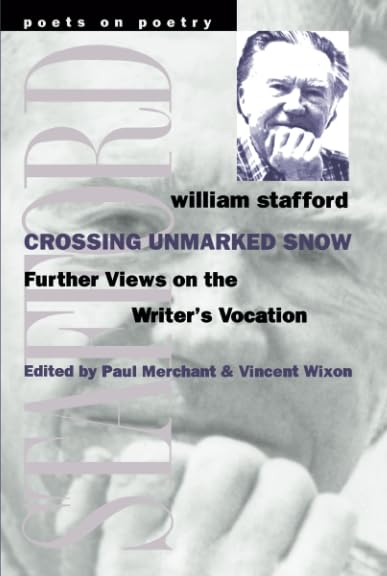Patrick O'Brian's MASTER AND COMMANDER is a snapshot of your creative journey
Patrick O’Brian’s sea adventure novel, MASTER AND COMMANDER, is an action-packed story about the friendship between two very different men.
Jack Aubrey is an ambitious Captain in the Royal Navy and Stephen Maturin is the ship’s physician and a devoted naturalist.
Stephen’s nirvana is anteaters, platypuses, or a rare liana. He’s always longing for a few days to explore an exotic shore.
But, the tide turns, the wind comes up, and Jack tells him: “There is not a moment to be lost.” Stephen looks longingly at shore, but he’s swept away to the opposite side of the ocean. Another once-in-a-lifetime opportunity disappears over the horizon.
Sometimes the wind fails. The two friends retreat to Jack’s cabin and play duets on their violin and cello until the doldrums are over.
A few years ago, I crossed the ocean—by plane—to visit the British Library.
How can I describe the British Library? The many floors of the open stacks are filled with books, white like Oreo filling, and just as delicious.
The Sir John Ritbalt Gallery houses the Treasures of the British Library.
I saw Jane Austen’s lap desk and her steady, even handwriting; Shakespeare’s scripts, written without any flourishes; Thomas Hardy’s revisions, and Handel’s closely-written music scores. You can scroll through some of them here.
Note: The British Library website was hacked in 2023 and it’s no longer possible to scroll through these documents online. Hopefully, they’ll be available in the near future.
What did all of these writers and composers have in common? Their handwriting was small, even, and consistent, as if they were sawing wood, driving across Nebraska, or crossing the ocean in a 19th century frigate.
1. The creative journey is long. You can't dawdle or rush. You have to pace yourself.
But all this industry, this dedicated effort, makes you wonder why anyone would work this hard to make something no one wanted, yet. Sheer stubbornness?
Back to the library for answers.
Jane Austen folded her manuscripts in quarters so she could tuck away her work if disturbed while working. I don’t think it was shyness or insecurity, because the Gallery’s folded manuscript is PERSUASION: Austen’s last novel, not her first. Outside help is dangerous until the story finds its shape.
Note: Images of her manuscript of The Watsons may show how Austen drafted her novels.
2. Before an imagined story is fixed on the page, it is indescribably fragile.
But that still doesn’t answer why people do these things. What makes the pursuit worth it?
Jason Fried’s REWORK says inspiration is perishable. If we don’t capture what we see, embark on the adventure, plant the garden, or record the music, it will disappear behind the horizon.
Snowflake Bentley explains why he kept making photographs of snowflakes: “I found that snowflakes were miracles of beauty and it seemed a shame that this beauty should not be seen and appreciated by others.”
3. The payoff is when beauty takes us out of ourselves.
This is why using your imagination is so addictive. It’s restful and exhausting. It uses everything we have and immerses us completely in the other.
The common question: “Where do you get your ideas from?” is really asking
“How do you get beauty to visit you?”
There are two answers:
4. Inspiration is everywhere. Those things you recognize, that give you shocks or thrills or chills, that’s your beauty.
In CROSSING UNMARKED SNOW, William Stafford writes:
“And things you know before you hear them those are you, those are
why you are in the world.”

5. I have no idea--but be ready. Always carry a pen and paper.
Inspiration isn’t under our control. Ringo Starr must have been struck unexpectedly, because he wrote the lyrics to “It’s been a hard day’s night” on the back of his son’s 1st birthday card.
6. We bear witness by our continued efforts that there is something worth seeing.
Handel’s manuscript book is full from edge to edge. He worked steadily until he created THE MESSIAH. Snowflake Bentley went out in every snowstorm. Jane Austen’s quartos must have been convenient for whipping out work when she had unexpected moments to write.
If we want treasures collected in the Sir John Ritbalt Gallery, we have to DO THE WORK.
Persistence and steady labor work well. Until the day comes when the muse gives you something much better than you are capable of. Just because the muse visits you once, doesn’t mean she’s coming back.
As Elizabeth Gilbert points out, the muse isn’t under your control and you’re not to blame if it goes away again.
7. Sometimes the wind fails. Once you do your best work, you have a choice: stop working or start as a beginner all over again.
We make art and seek discoveries in the world around us out of a desire to be moved out of ourselves and a desire to share what we are with others. A story about a friendship between very different people, like Stephen Maturin and Jack Aubrey, can be the seed of many friendships. A story is a created experience, but it’s also a question: “Can you see it?”
Beauty is as ephemeral as life. We need our whole lives to find our way through or around the obstacles that separate us.
What we make is imperfect, but we have a chance at butterflies and lightning bolts. Keep your nets open. Keep your pen moving. Capture the snowflakes.
As Captain Aubrey says: “There is not a moment to be lost.”
